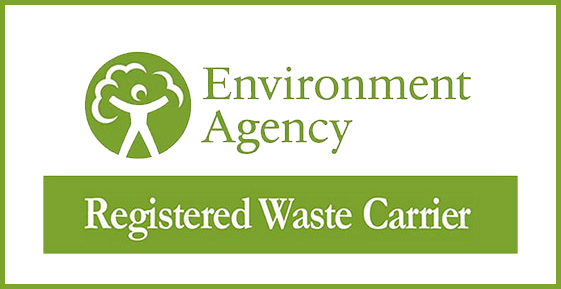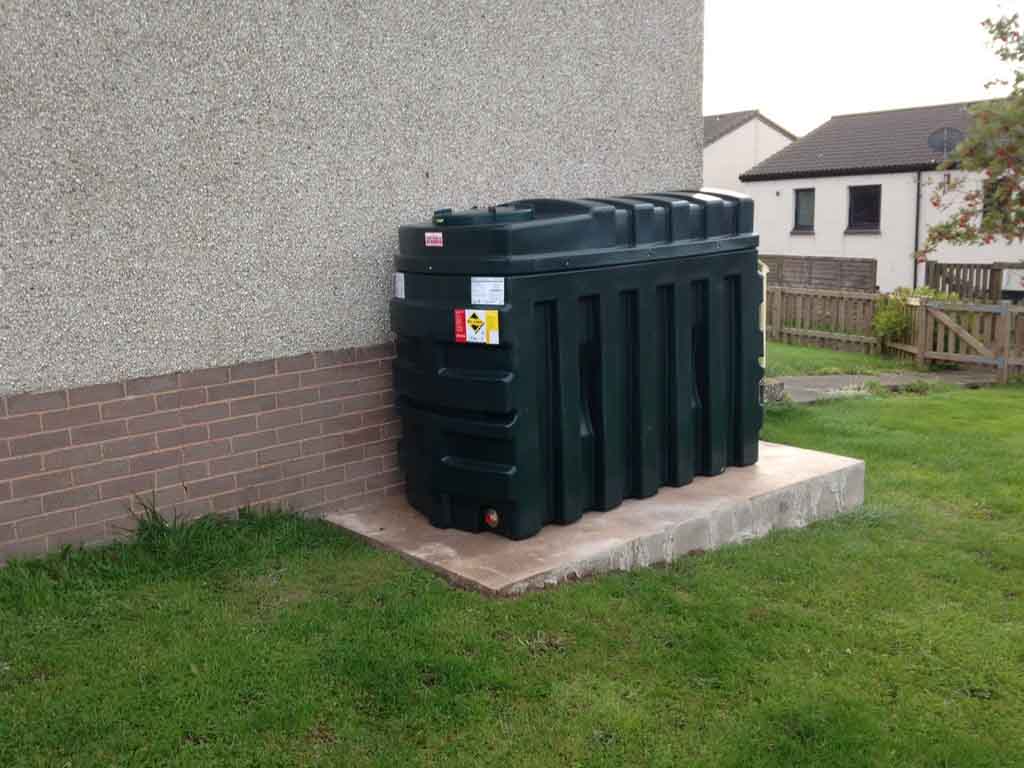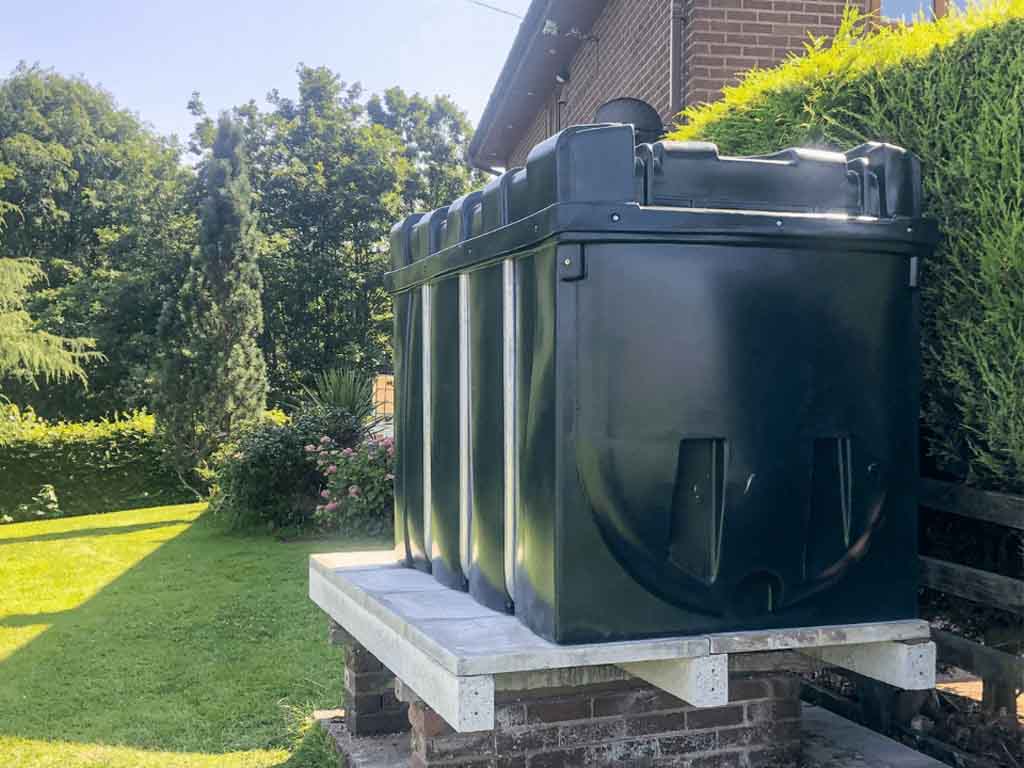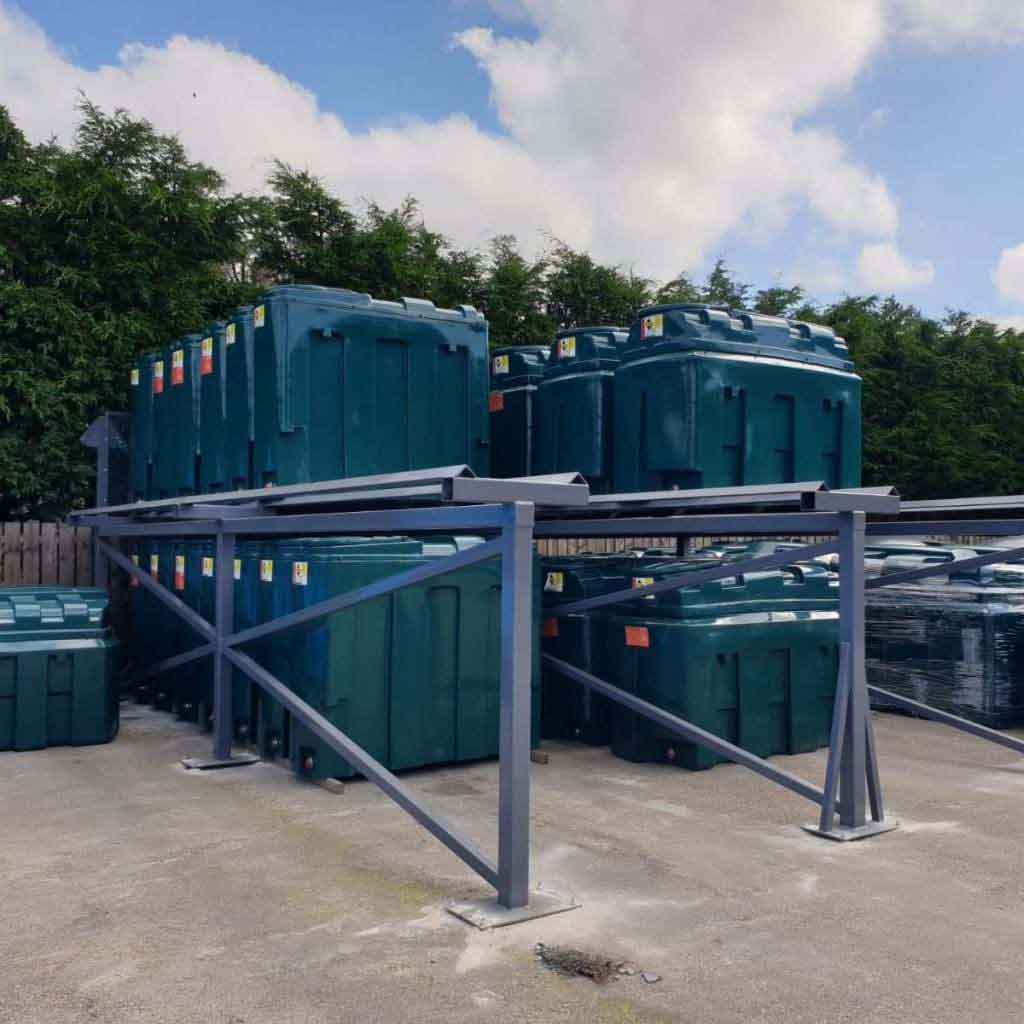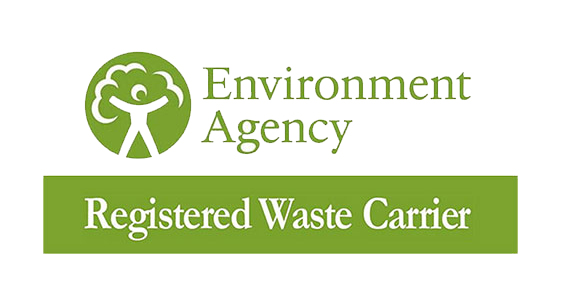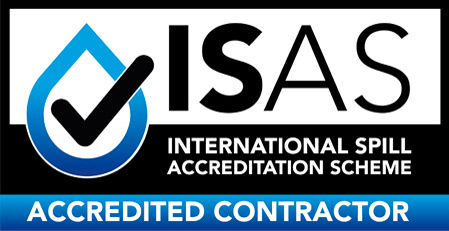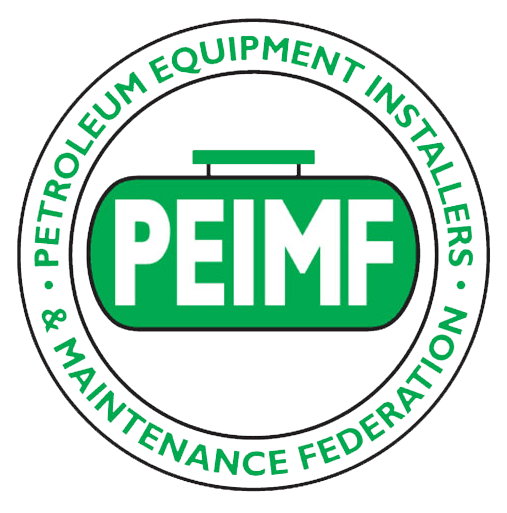Network Environmental UK offers versatile installation options beyond outdoor placements, being reliable and all-rounder oil tank installers. In adherence to building regulations, installing indoor and underground oil tanks is achievable.
Underground oil tank installation necessitates professional construction and, in some cases, planning permission. The advantages of opting for an underground tank include space-saving benefits and a reduced risk of theft, as they remain concealed from view.
But underground tanks do present a drawback in terms of maintenance, as accessing and servicing them can be challenging due to their subterranean location. So, most households choose to install their oil tanks in outdoor areas for easier upkeep.
